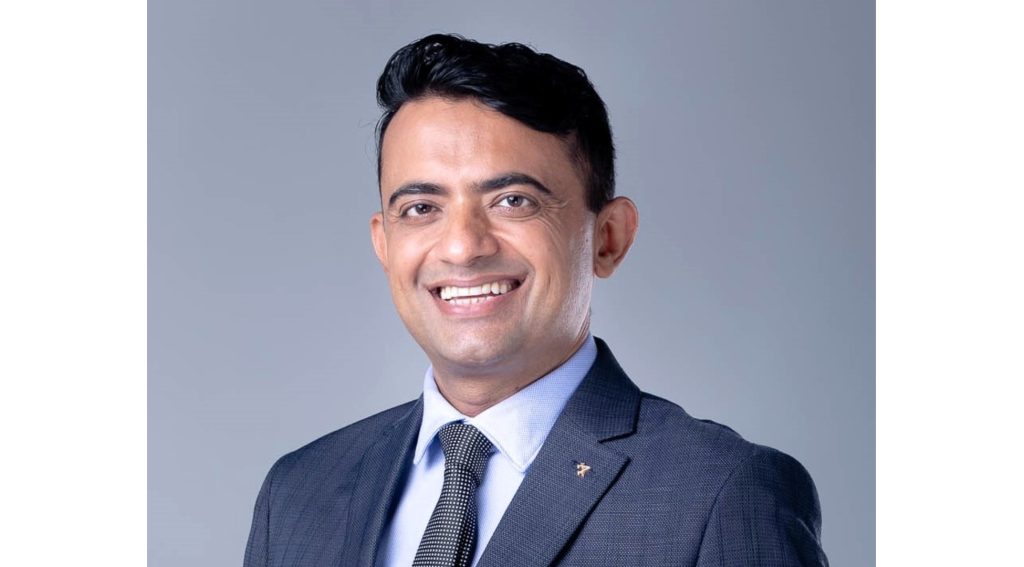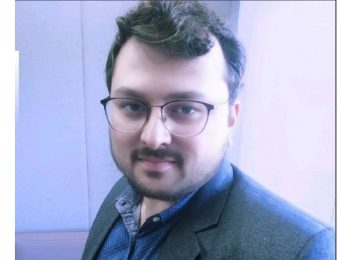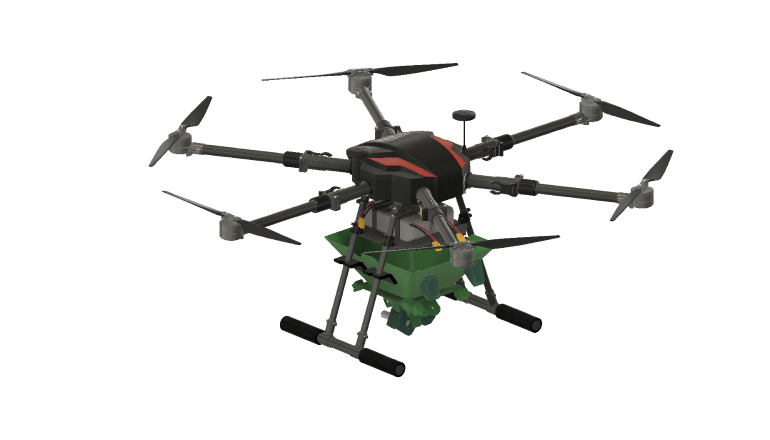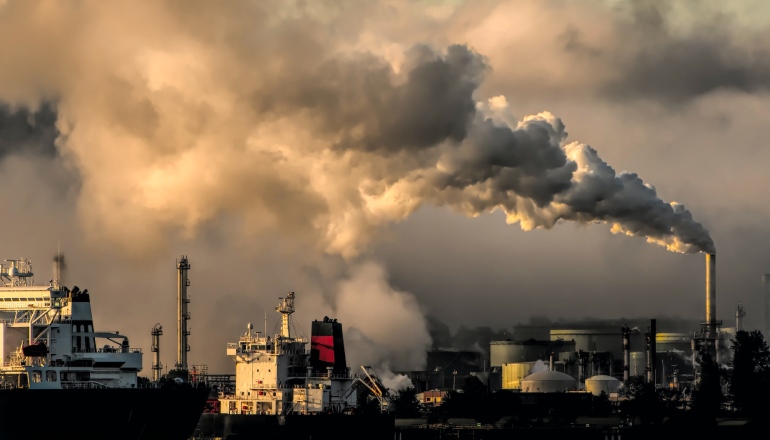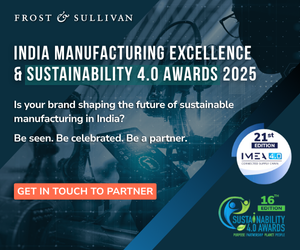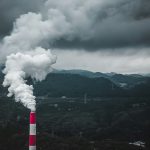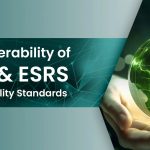ZEISS India has penned an aggressive ESG strategy for India. In an exclusive interview with Renjini Liza Varghese, Chief News Editor, ESGNews.earth, Dhaval Radia, Chief Financial Officer, ZEISS India, outlines the company’s plans for green manufacturing and a lasting green legacy.
What are ZEISS’s key sustainability goals for the next 5–10 years?
ZEISS is actively committed to driving sustainable change by focusing on three key areas: added value for society, circular economy, and climate action.
A significant part of our commitment is our ambitious new climate goal to achieve carbon neutrality in our own operations (Scope 1 and 2 emissions), and offset any unavoidable remaining emissions by 2025. This aligns with SDG 13 (Climate Action) and the Paris Agreement’s goal of limiting global warming.
What steps is the company taking to reduce its carbon footprint across its supply chain and operations?
Considerable strides are being taken to reduce our carbon footprint and be carbon-neutral in our operations. This means cutting emissions and using certified carbon offsets.
Renewable energy is now being used, and efficiency across facilities is improving. For instance, sites follow strict energy management systems, and there have already been significant reductions in energy use, water consumption, and waste. Beyond direct operations, the entire supply chain is also being examined. Work is ongoing with suppliers to reduce emissions and make logistics greener by exploring electric trucks and more efficient transport methods.
How do you ensure ethical sourcing of raw materials, particularly in high-tech optics?
ZEISS is deeply committed to ethical sourcing of raw materials as a cornerstone of our comprehensive sustainability strategy.
Our efforts extend globally, with a significant focus on India, where we have a growing presence, particularly with our expanding manufacturing facility near Bengaluru. We are actively integrating sustainability into every facet of our operations, from supply chain management to product development, by prioritizing bio-based materials and resource-efficient manufacturing processes.
How does ZEISS India ensure green manufacturing practices?
Our Bengaluru facility will incorporate initiatives such as water recycling and using renewable energy sources that will help save around 690,000 liters of municipal water annually.
This step is part of ZEISS’s global goal to reduce water use by 15% by 2025 compared to earlier levels. Other ZEISS facilities worldwide also use innovative water-saving methods, like reusing wastewater or switching to dry processes. We also focus on using eco-friendly materials and improving energy efficiency throughout our operations. These efforts ensure that our manufacturing processes support business growth and contribute positively to the environment and local communities.
What inspired ZEISS India to choose the Miyawaki afforestation method for its Rajasthan project?
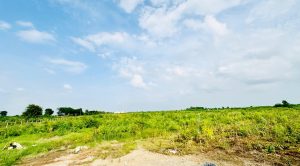
The Miyawaki approach is a fast and sustainable method for restoring degraded areas like Pali, Rajasthan, due to its ability to grow trees 30 times denser and 10 times faster than conventional methods.
Furthermore, compared to monoculture plantations, Miyawaki forests allow for 30 times greater carbon sequestration and only need intensive care for the first two to three years (watering, mulching, and the odd wedding). The plantation then starts to grow and support itself. Compared to conventional single-species or sparse plantations, the Miyawaki technique of forestation is notably denser, faster-growing, more biodiverse, and more climate-resilient. They condense decades of growth into a few years, much like a “forest time machine.” With this project, ZEISS India is promoting long-term environmental resilience and repairing an ecosystem in addition to greening the land.
How will company measure the long-term ecological and social impact of the initiative?
This project is much more than just planting trees for us at ZEISS India. We are focused on bringing a degraded ecosystem back to life and creating something that offers lasting environmental and social value. We will work closely with the Enviro Creators Foundation for the next three years. This will include monitoring their survival, how quickly they grow, and whether native plants and animals start coming back. Since the Miyawaki method is excellent for boosting biodiversity and improving soil and air quality, we will be tracking those aspects, too.
On the social side, our aim is to foster community engagement and awareness, particularly in regions impacted by industrial activity. The ultimate long-term goal is to establish a forest that not only survives but thrives, expands, and positively impacts the entire region long after our direct involvement concludes. This is about creating a lasting green legacy for future generations. We hope our chosen technique for afforestation will inspire others to adopt a similar approach, to have a positive environmental impact across various communities and industries.


